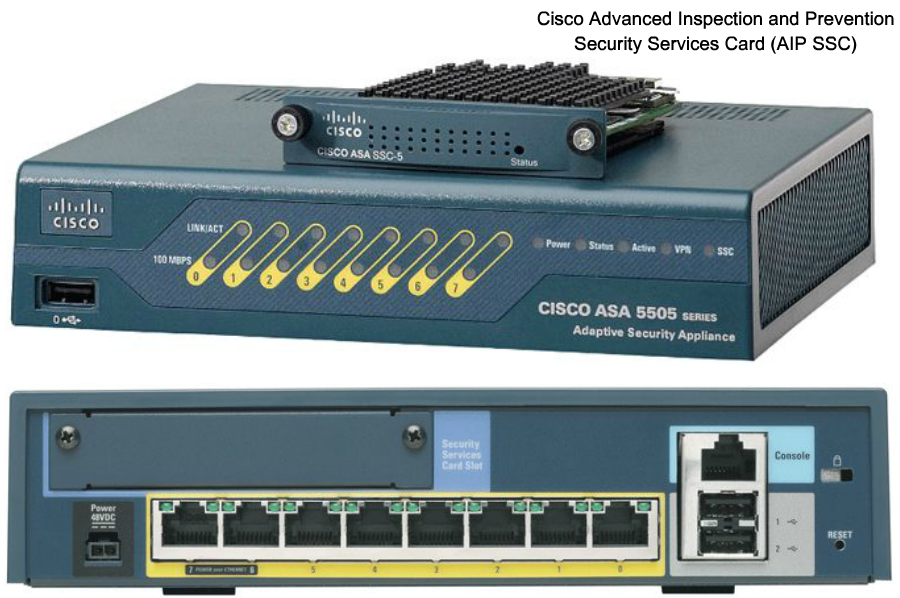

Greenwood was likely the richest Black community in the United States, and racist neighboring white communities perceived its economic flourishing as an existential threat. Photo by Tulsa City County Library via Wikimedia Commons (public domain).īut Tulsa’s underlying social conditions were primed for racial violence, due in large part to the influence of the Ku Klux Klan and its prominent supporters. Greenwood Avenue south of Easton Street, Tulsa. The Greenwood Cultural Center notes that this local economy had such good financial circulation that the average dollar would stay within the community’s network of households and firms for approximately 19 months before being spent elsewhere. As with similar famed places such as Memphis’ Beale Street, Greenwood was an enclave of Black flourishing at a time when the oppressive Jim Crow regime forced Black communities to generate and maintain their own capital, largely cut off from the broader macro economy. In the years leading up to the massacre, Tulsa’s Greenwood District was a thriving hub of the Black middle class, featuring a robust local Black economy with money circulating between Black residents, Black banks, and Black businesses.

This exercise reveals the devastating economic impact of racism on communities, and it also provides important justification for concrete reparations as a response to undeniable economic injustices. Our goal is to provide a concrete way of understanding just how catastrophic the economic losses were for Black residents of Tulsa. Specifically, we look at what that collective wealth could accomplish in terms of financing college education, buying homes, and starting businesses.

In this analysis, we look at the estimated dollar amounts of lost wealth from the 1921 massacre, and consider what that collective wealth might be able to accomplish in contemporary Tulsa were that money still in circulation. But another important and often neglected dimension to this history is the devastating effects of destroyed communal wealth, which had supported the flourishing of the city’s Black residents. To be clear, the loss of human life in the massacre is a horror beyond all calculation. In both periods of destruction, important Black capital that undergirded the community was lost, as were opportunities for wealth-building for Tulsa’s Black residents. In particular, little attention is given to subsequent events in Tulsa, including the rebuilding of Greenwood by its Black residents, followed by its second destruction-this time at the hands of white city planners during the “urban renewal” period of the 1960s to 1980s. But even as the massacre itself becomes better known, much of the remaining story of Greenwood is still left untold. The Tulsa massacre is only recently receiving the national recognition it needs. “Our country may forget this history, but I cannot, I will not, and other survivors do not, and our descendants do not,” she told Congress. In her testimony, Fletcher described what Greenwood had meant to its residents and detailed how she lives with the memories every day. An estimated 300 people were killed and approximately 35 acres of commercial and residential property within the Greenwood District-known as Black Wall Street-were destroyed. “I’m here seeking justice and I’m asking my country to acknowledge what happened in Tulsa in 1921,” Fletcher, a survivor of the massacre, said.Ģ021 marks 100 years since the infamous 1921 massacre in Tulsa, in which white mobs unleashed violence against the city’s Black people, Black institutions, and Black wealth. to testify before Congress in its hearing for the centennial of Tulsa, Okla. On May 19, 107-year-old Viola Fletcher visited Washington, D.C.


 0 kommentar(er)
0 kommentar(er)
